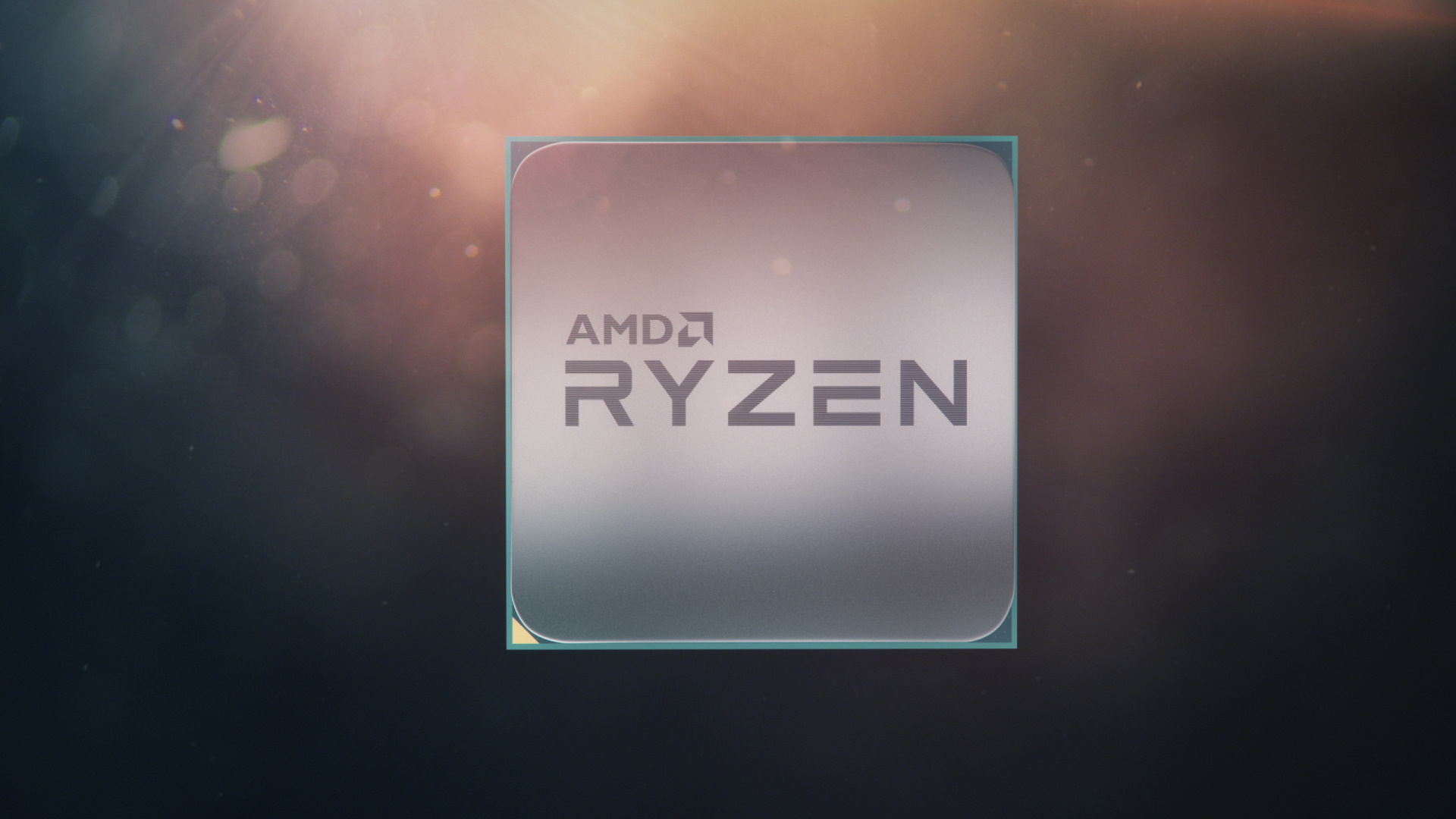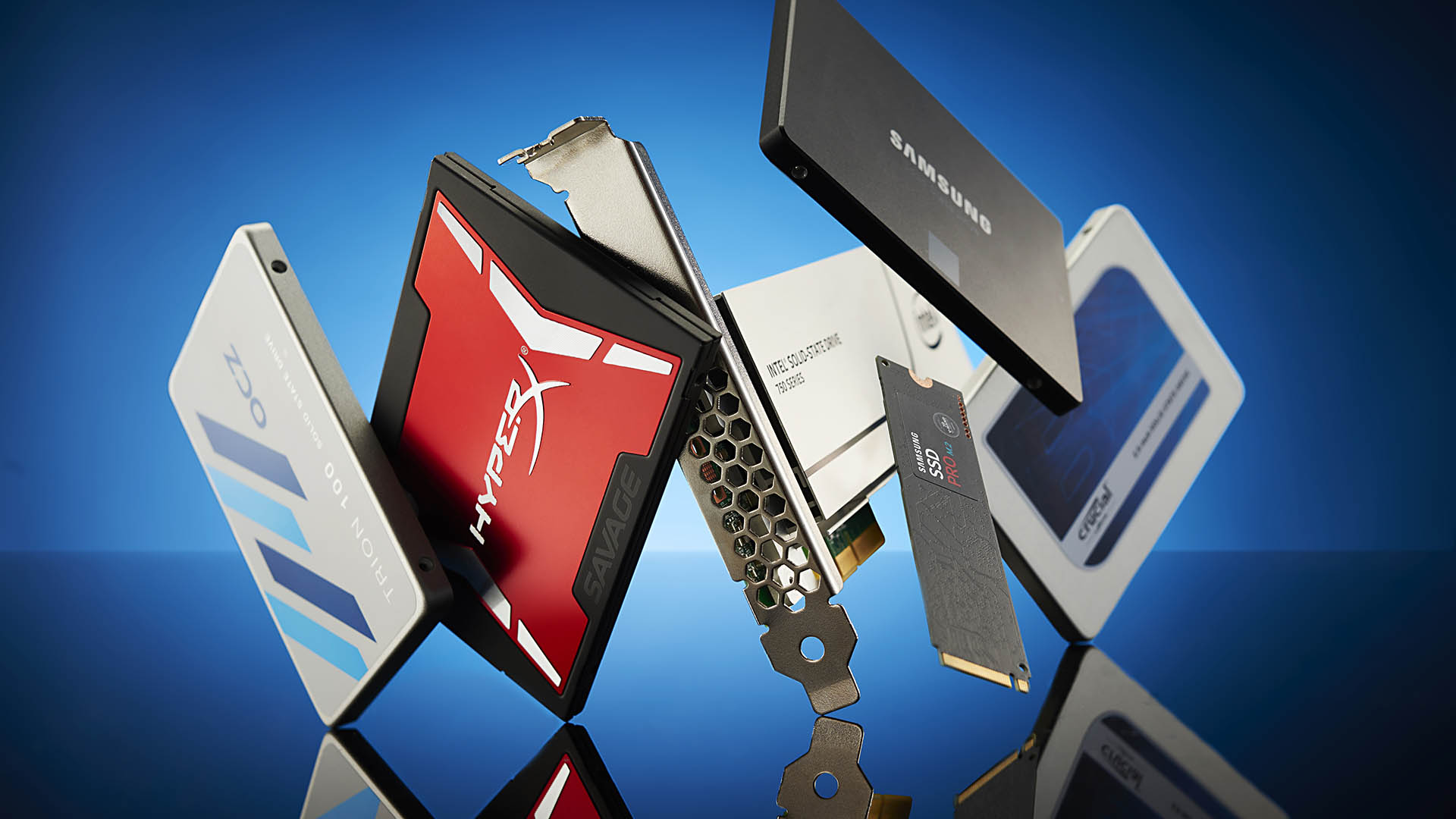AMD launches new Ryzen 5000 G-series APUs, promising to 'make it available to DIYers this year'
The new chips are OEM-only right now, but AMD is promising that later this year we'll be able to buy the Zen 3 APUs on their own. Stock willing.

AMD's latest Zen 3-powered Ryzen 5000 APUs have finally launched, but whether they're really the greatest depends on your point of view about the weighting of CPU and GPU power. Like the previous generation, the new G-series chips are OEM-only at launch, which means if you were hoping to bag one for a new system you're building you may have to go to the grey market instead.
This curious mix of Zen 3 processing and Vega graphics is only being shipped to system builders to make machines for now, and not to the DIY crowd. That is coming later on, however, as AMD has told us that it "is bringing the best processor for gaming to new exciting OEM desktop systems in the coming weeks, and will make it available for DIYers to purchase in the channel later this year.”
AMD did say something similar when the Ryzen 4000 G-series chips launched, though in a more vague "there are next-gen APUs coming to both 400 and 500 series motherboards" kinda way. I guess maybe these are the 'next-gen APUs' AMD was referring to almost a year ago.
On one hand, the current DIY denial is a shame because without actual graphics cards that you can buy right now, having a chip with a vaguely decent level of GPU prowess baked into it certainly helps. But on the other, it's almost like AMD has been steadily eroding the graphics silicon inside its APUs from generation to generation.
It's also not like this is your only route to a Zen 3 CPU anymore; thanks to an increased level of stock available within retail it's now at least possible to buy the Ryzen 7 5800X. Though that is the least exciting of the Ryzen 5000-series desktop chips—the Ryzen 9 5900X and Ryzen 5600X are currently MIA—it is still the latest 7nm chiplet design, with eight cores and 16 threads, and PCIe 4.0 support.
The six new Ryzen G-series APUs being released today come in three basic flavours: quad-core, hex-core, and octa-core, each with 65W and 35W versions for the super-small builds.
There are three levels of GPU support in each, though sadly we're still talking about Vega-based graphics silicon, using the old GCN design, rather than the more modern Navi and RDNA architecture. The top chip comes with eight compute units, or 512 GCN cores, with the Ryzen 5 and Ryzen 3 APUs sporting 7 CU/448 core and 6 CU/384 core designs.
The biggest gaming news, reviews and hardware deals
Keep up to date with the most important stories and the best deals, as picked by the PC Gamer team.
| Header Cell - Column 0 | Cores | Threads | Base | Boost clock speed | GPU Compute Units | GPU clock speed | TDP |
|---|---|---|---|---|---|
| Ryzen 7 5700G | 8 | 16 | 3.8GHz | 4.6GHz | 8 (512 cores) | 2,000MHz | 65W |
| Ryzen 7 5700GE | 8 | 16 | 3.2GHz | 4.6GHz | 8 (512 cores) | 2,000MHz | 35W |
| Ryzen 5 5600G | 6 | 12 | 3.9GHz | 4.4GHz | 7 (448 cores) | 1,900MHz | 65W |
| Ryzen 5 5600GE | 6 | 12 | 3.4GHz | 4.4GHz | 7 (448 cores) | 1,900MHz | 35W |
| Ryzen 3 5300G | 4 | 8 | 4GHz | 4.2GHz | 6 (384 cores) | 1,700MHz | 65W |
| Ryzen 5 5300GE | 4 | 8 | 3.6GHz | 4.2GHz | 6 (384 cores) | 1,700MHz | 35W |
Compared with the old 3400G and its 11CU GPU, that looks a little miserly considering we're missing any capable graphics cards right now, but the boosted clock speed of the modern Ryzen 4000 and 5000 G-series chips actually pushes them ahead of the older, slower, more core-heavy chips.
What I will say, however, is that AMD has clocked down the Ryzen 7 5700G compared with the Zen 2-based 4700G, so the latest G-series GPU is actually running slower than its forebear to the tune of some 100MHz. That's not a lot, but it's a shame to see clock speeds going down and not the other way.

Best SSD for gaming: the best solid state drives around
Best PCIe 4.0 SSD for gaming: the next gen has landed
The best NVMe SSD: this slivers of SSD goodness
Best external hard drives: expand your horizons
Best external SSDs: plug in upgrades for gaming laptops and consoles
What impact that has on gaming performance, however, we won't really know until we can get a system in-house with the new chips inside. And even then, trying to get hold of an old 4700G was tough when they were actually the big new thing, right now that's going to be more or less impossible.
Still, the older APU was able to deliver over 30 fps in Witcher 3 at 1080p low settings, and could even run Death Stranding at that level at 1080p on high. So, these new AMD APUs will give you some gaming good times even without a discrete graphics card to call your own.
But they still don't have PCIe 4.0 support. Yeah, for some reason I'm still not sure about, despite the Zen 4 CPUs bringing PCIe 4.0 support to the party, like the mobile versions, these desktop APUs are restricted to PCIe 3.0 only. On the laptop side you could make a case for not wanting the higher power consumption of the more modern interface, but desktop that doesn't seem like an issue.
What might be is that there are no shiny fast SSDs for you APU folk.

Dave has been gaming since the days of Zaxxon and Lady Bug on the Colecovision, and code books for the Commodore Vic 20 (Death Race 2000!). He built his first gaming PC at the tender age of 16, and finally finished bug-fixing the Cyrix-based system around a year later. When he dropped it out of the window. He first started writing for Official PlayStation Magazine and Xbox World many decades ago, then moved onto PC Format full-time, then PC Gamer, TechRadar, and T3 among others. Now he's back, writing about the nightmarish graphics card market, CPUs with more cores than sense, gaming laptops hotter than the sun, and SSDs more capacious than a Cybertruck.

